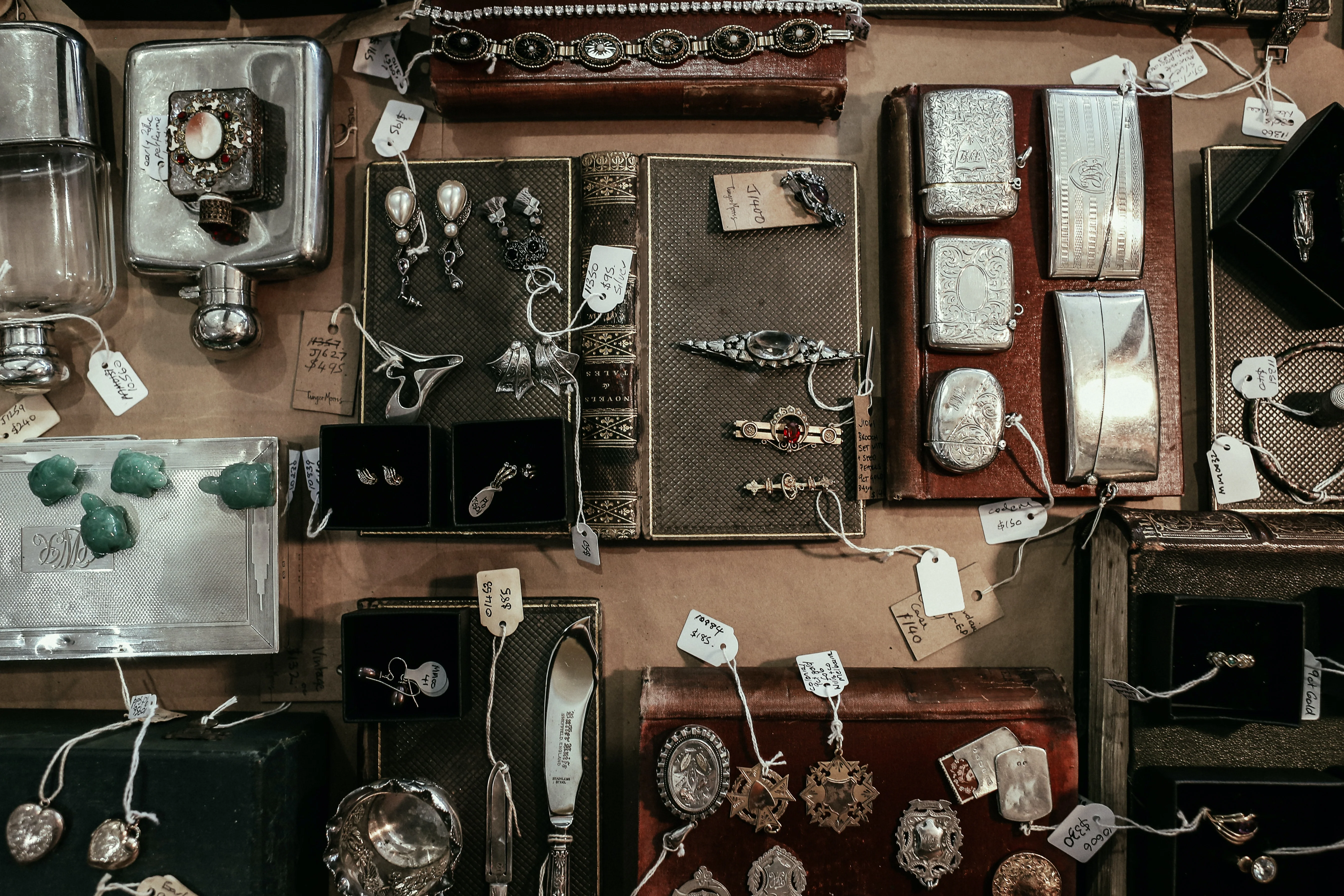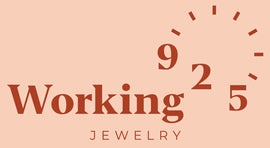Antique jewelry possesses a timeless allure that transcends trends and eras. Each piece tells a story, carries a piece of history, and exudes a unique charm that modern jewelry often struggles to capture. In this blog post, we'll embark on a journey into the world of antique jewelry, uncovering the secrets of purchasing these exquisite pieces that are steeped in history and craftsmanship.
Understanding Antique Jewelry
Before diving into the world of antique jewelry, it's crucial to define what "antique" means in this context. Generally, antique jewelry refers to pieces that are at least 100 years old. These can be categorized into several periods, each with its distinctive style:
1. **Georgian Era (1714-1837)**: Known for intricate designs, featuring nature-inspired motifs like flowers, leaves, and birds. Diamonds, pearls, and colored gemstones were commonly used.
2. **Victorian Era (1837-1901)**: Spanning several sub-periods, Victorian jewelry can range from romantic and sentimental pieces to dark and dramatic designs, often incorporating hair, mourning, and cameo jewelry.
3. **Edwardian Era (1901-1915)**: Characterized by light and airy designs, featuring lace-like metalwork, platinum settings, and an abundance of diamonds and pearls.
4. **Art Nouveau (1890-1910)**: Inspired by nature and the flowing lines of plants and animals, this period's jewelry often incorporates colorful gemstones like opals and moonstones.
5. **Art Deco (1920s-1930s)**: Known for bold, geometric designs, contrasting colors, and the use of materials like onyx, emeralds, and rubies.
Purchasing Antique Jewelry: Tips and Considerations
1. **Research**: Begin your journey by educating yourself about the specific era, style, and materials you're interested in. Familiarize yourself with hallmarks, maker's marks, and other indicators of authenticity.
2. **Source Reputable Dealers**: Look for established antique jewelry dealers and auction houses with a good reputation. Reputable dealers often provide certificates of authenticity and detailed information about the piece's history.
3. **Inspect the Piece**: Always examine the jewelry in person if possible. Look for signs of wear, damage, or repairs. Ask about any restoration work that has been done.
4. **Ask Questions**: Don't hesitate to ask questions about the piece's provenance, age, and any historical significance. A reputable dealer should be able to provide detailed information.
5. **Consider Wearability**: Think about how you intend to wear the piece. Some antique jewelry may be delicate and best suited for special occasions, while others are more robust for daily wear.
6. **Budget Wisely**: Antique jewelry can vary greatly in price, depending on factors like rarity, craftsmanship, and materials. Set a budget and be prepared to be flexible based on what you find.
7. **Certificate of Authenticity**: Whenever possible, obtain a certificate of authenticity or an appraisal from a qualified gemologist. This will help establish the piece's provenance and value.
8. **Maintenance**: Once you've acquired antique jewelry, care for it properly. Avoid exposing it to harsh chemicals or excessive wear and tear. Regular cleaning and maintenance will help preserve its beauty.
Purchasing antique jewelry is a journey filled with intrigue and discovery. These exquisite pieces allow us to connect with the past, celebrating the craftsmanship and artistry of bygone eras. Whether you're drawn to the romantic allure of Georgian jewelry or the bold geometric designs of Art Deco, antique jewelry offers a world of timeless beauty waiting to be explored. Approach the process with care, research, and a discerning eye, and you'll find yourself with a precious piece of history that can be cherished for generations to come.
Unlocking the Mystique: A Guide to Purchasing Antique Jewelry

